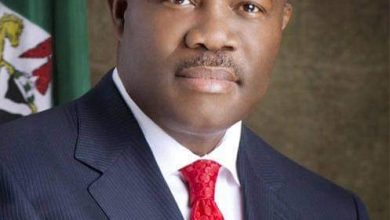NPLR and CAR: Checking the Health of the Banking System

Non-Performing Loans
The idea of maintaining a stable financial system is to ensure that credit performance is at a level that would not set up a run on too many banks at once. The size of credit loss provisioning and non-performing loans give a good idea of how far or close the system is to a systemic failure and how soon an intervention may be required from AMCON and or the NDIC. The five-year average of the industry’s Non-Performing Loans Ratio (NPLR) between 2017 and 2021 was 6% which is higher than the prudential guideline of 5%. In 2017, the average NPLR of twelve Nigerian banks was 9%, indicating that the 2016 recession had implied severely on credit performance by 2020 this reduced to 5% but this may be attributed to the CBN forbearance. The NPL rate further dropped to 4.85% in 2021, when total non-performing loans were N814.08bn up from N789.14bn in 2020 (see chart 1 below).

CAR and NDIC Premium
Capital Adequacy Ratio tells how well the Tier 1 and 2 capital of a bank covers the risk-weighted assets. The CBN as of 2021 set a prudential guideline of 15% for all Domestic Systematically Important Banks (D-SIBs) and a 10% threshold for all other banks. Typically, lower CAR readings would suggest a higher risk of bank failure and vice versa. Industry CAR fell from 15.1% in 2020 to 14.53% (below the prudential guideline) in 2021 indicating a slight increase in the risk of a systemic failure. Analysts believe that the individual banks which are responsible for the lower-than-prescribed CAR ought to be the ones paying the most in terms of NDIC premiums. Our analyst could not establish a correlation between the CAR and NDIC premiums charged. In 2021, Access Bank paid N20.44bn in NDIC premiums having recorded a CAR of 25%, UBA which had the same CAR of 25% paid much less in terms of NDIC premium (N15.91bn) (see chart 2 below).

Chart 2:
Deposits and NDIC Premium
NDIC premium is paid on the insurable deposits of banks, invariably, growth in deposits implies an increase in the amount payable by banks to the NDIC. However, in 2021, the growth in NDIC premiums paid by all banks (27%) outpaced the growth in insurable deposits of the banks between 2020 and 2021. Interestingly, ETI which has the highest customer deposits of N8.36tr paid a considerably less amount in NDIC premium (N16.72bn) than Zenith Bank which paid N20.44bn on a deposit sized N6.47trn (see chart 3 below).







